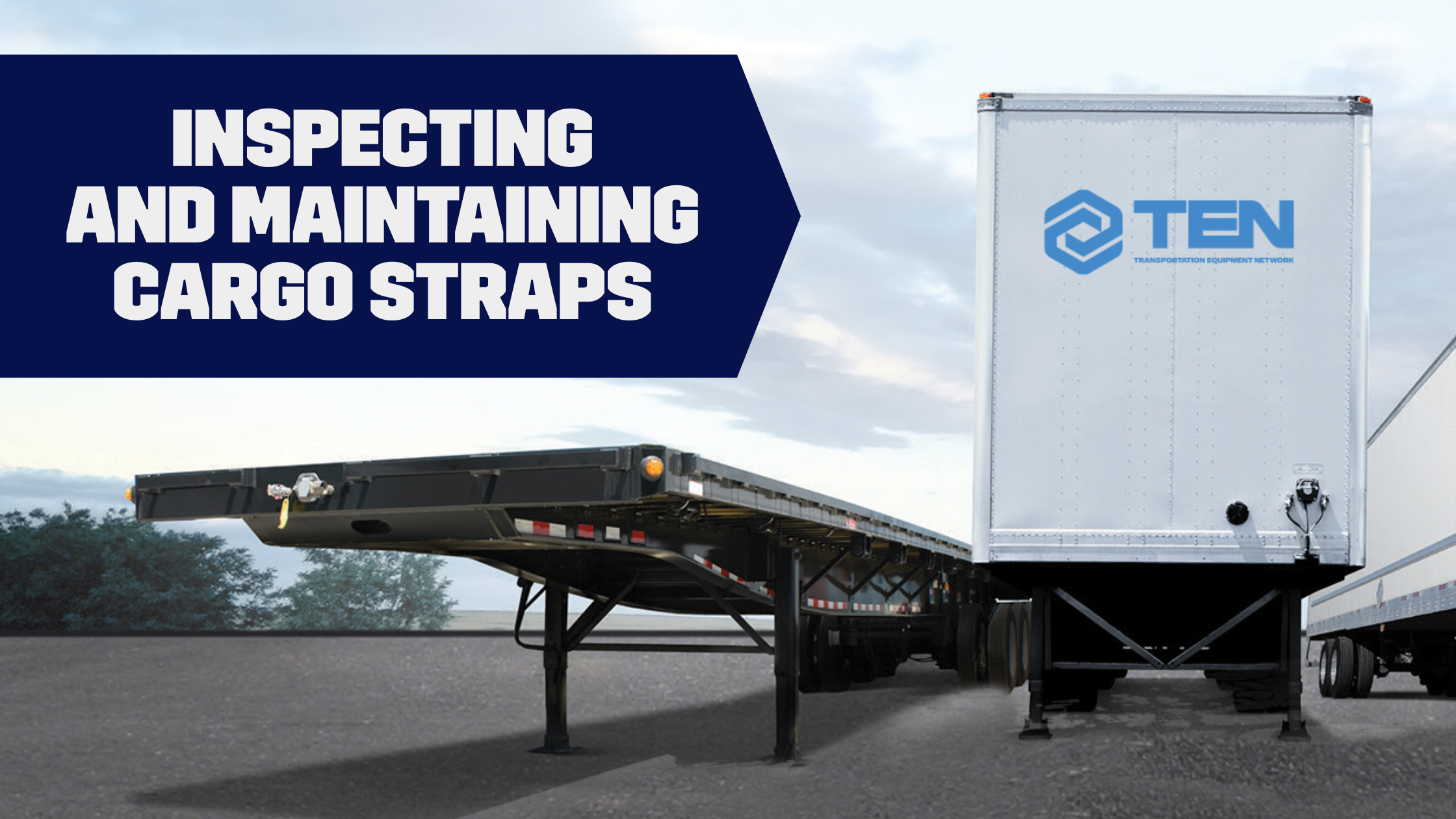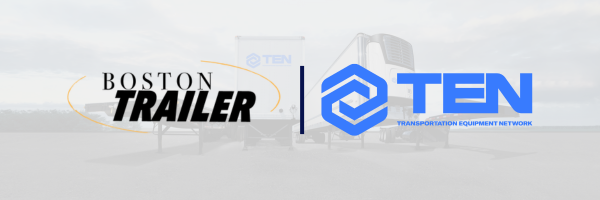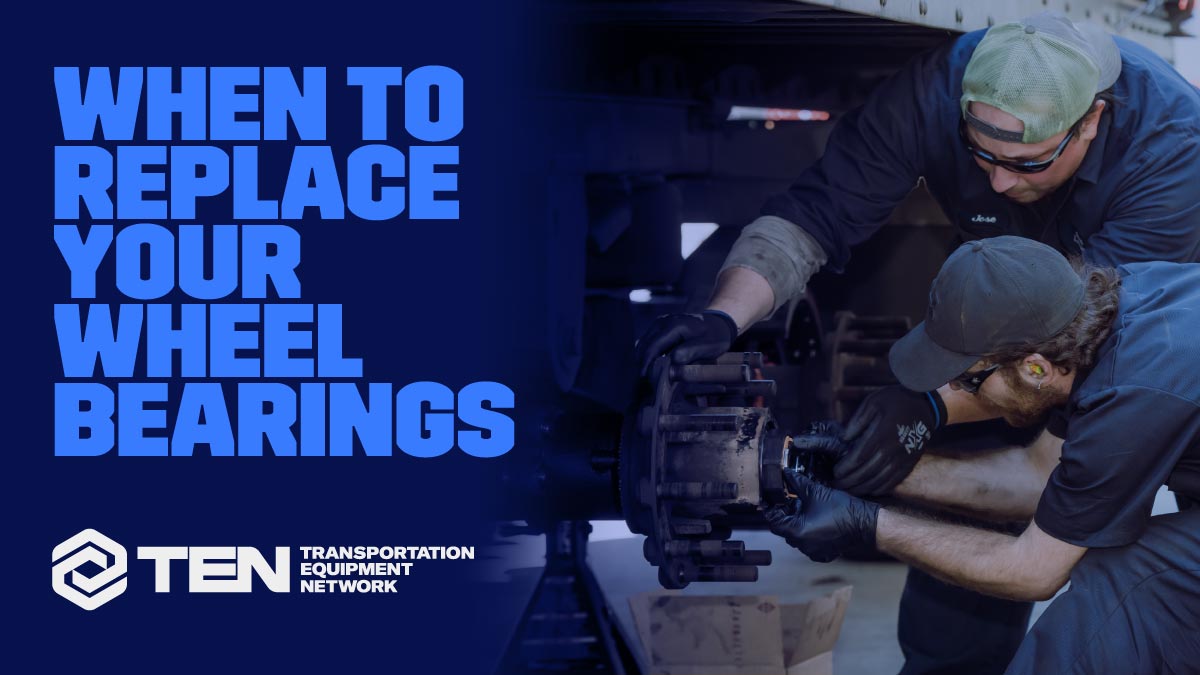Written by
Melanie MarchHow to Inspect and Maintain Your Cargo Straps for Safe Flatbed Hauling

When it comes to flatbed transport, proper cargo securement is non-negotiable. Worn or damaged straps can lead to serious safety risks – not only for your cargo, but also for your drivers and others on the road. Regular inspection and maintenance of your tie-down equipment helps ensure compliance, reduce liability, and keep your fleet running safely.
Here’s what you need to know:
1. Why Strap Maintenance Matters
Cargo straps are constantly exposed to the elements – sun, rain, snow, and road debris. Over time, this exposure can cause fraying, brittleness, or weakening that may not be visible at first glance. A single compromised strap could result in a load shift or loss, increasing the risk of accidents and fines.
2. When to Inspect Your Straps
Before each use: Every strap should be checked during your pre-trip inspection.
After long hauls: Inspect straps for signs of stress or wear after unloading.
On a regular maintenance schedule: Set periodic reminders to check all straps in your inventory, even if they haven’t been used recently.
3. What to Look For
During your inspection, watch for the following:
- Fraying or cuts in the webbing
- Burn marks or chemical damage
- Broken stitching near hooks or fittings
- Excessive wear or stretching
- Corrosion or bending on hardware (hooks, ratchets, etc.)
- Labels or markings that are missing or unreadable (these are required for compliance)
If any of the above is present, the strap should be removed from service immediately.
4. How to Maintain Your Straps
Store properly: Keep straps dry and out of direct sunlight when not in use. Use strap winders or storage bags to avoid tangles and damage.
Clean as needed: Use mild soap and water to remove dirt and grime. Avoid harsh chemicals that can degrade the material.
Avoid dragging: Never drag straps on rough surfaces or pavement.
Protect edges: Use corner protectors or edge guards when strapping down loads with sharp corners.
5. When to Replace
There’s no set timeline for replacement, as strap life depends on frequency of use and storage conditions. However, if a strap shows any sign of damage or compromised strength, it should be replaced immediately.
Safety on the road starts with the right equipment. Taking a few minutes to inspect and care for your straps could prevent costly—and dangerous—mistakes.
Need new straps?
TEN offers high-quality, brand-new straps for purchase at our Canadian branch locations. If you’re renting a flatbed or simply need to replenish your securement gear, we’ve got you covered.
Featured
TEN Acquires Boston Trailer, Strengthening Position as Leading Trailer Lessor Across North America

TRENDING ARTICLES

TEN’s 2025 Food Drive: Coming Together to Make a Meaningful Impact
TEN Launches Upgraded Customer Portal

How to Know When It’s Time to Replace the Wheel Bearings on Your Trailer
CATEGORIES
TEN
TEN Cool

